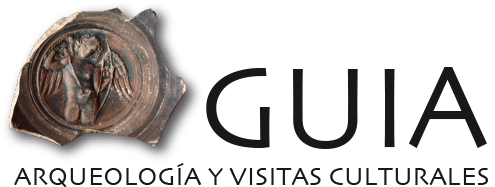Granada is one of few cities with two areas declared as World Heritage sites by UNESCO, those being the Alhambra and the Albaicín neighbourhood.
Granada
The Alhambra, was the palatial headquarters of the Nasrid dynasty, which ruled the last, but rich Muslim kingdom in al-Andalus from the 13th to the end of the 15th Century, that of Granada. It has many mythical parts such as the Mexuar, the Myrtle tree Courtyard with the Hall of Ambassadors behind and the Lions Courtyard. The emperor Charles V enriched it with a Renaissance palace, which now serves as two museums, one of Spanish-Muslim art and the other a Fine Arts museum.The Alcazaba, which garrisoned the troops, and the Generalife gardens on the adjoining hill combine to make up a wonderful monument.
Across the River Darro the Albaicín rises to a privileged viewpoint next to the Church of Saint Nicholas, opposite and facing the Alhambra. It was the pre-Roman site of Iliberriswhich later developed into Madina Garnata, with its Alcazaba Qadima or old palace fortress. Conserved Muslim buildings can be found within the medieval layout of its streets, such as the Arab baths situated next to the river, wells, Moorish houses, and as in other parts of the city, the idyllic cármenes or houses with gardens. Beside the Albaicín is Sacromonte with its famous cave houses where you can enjoy flamenco. It owes its name to the supposed discovery of several saintly relics and inscribed lead books, presenting us with an interesting story.
The huge Cathedral with its Gothic floor and Renaissance elevation stands at the foot of the Albaicín, on the flat ground which leads to the fertile plains of Granada. Within its five naves and many chapels a large number of artworks are displayed including Baroque sculptures by Pedro de Mena and paintings by Alonso Cano. Attached to the Cathedral is the Royal Chapel which was created at the same time. Built to be the Pantheon of the Spanish royal dynasty, it houses the opulent graves of the Catholic Monarchs, their daughter Joanna the Mad and Philip the Handsome. Noteworthy amongst the treasure donated by the monarchs is a magnificent collection of Flemish paintings, with work by Hans Memling and Roger Van der Weyden and even a Renaissance panel by Botticelli. Close by are the remains of the Islamic Madrasa or Koranic school and the old funduq called the Coalyard or Alcaiceria, although this is a reconstruction.
There are many other places to visit in Granada such as the Carthusian Monastery, begun in Plateresque style in the 16th Century but with notable Baroque work as building continued until the 19th Century.




